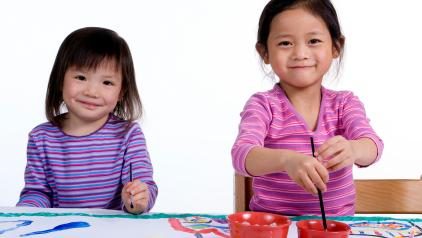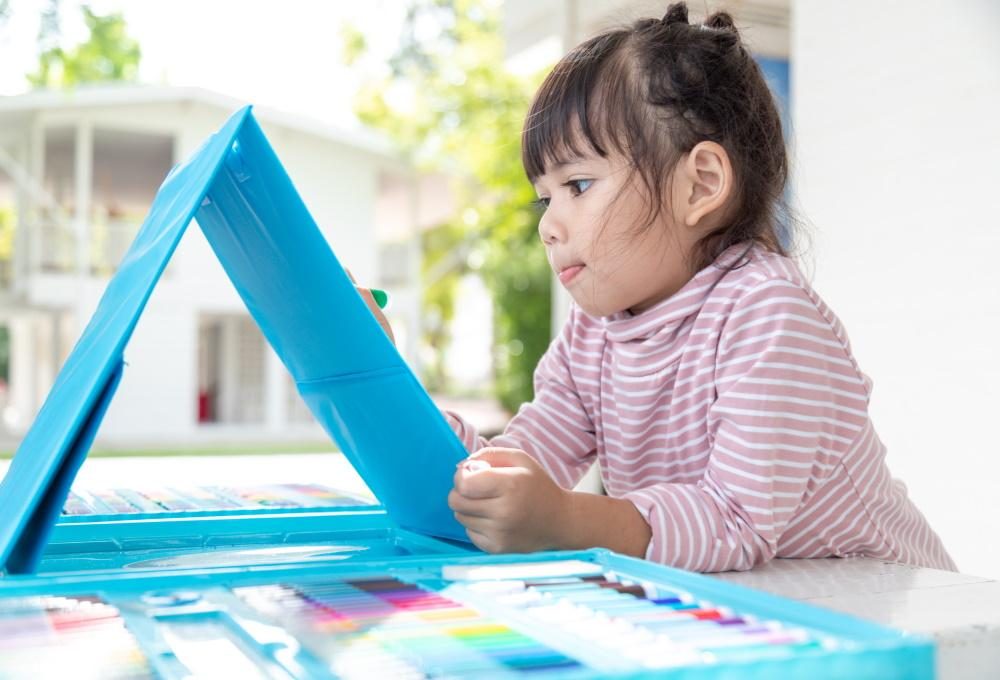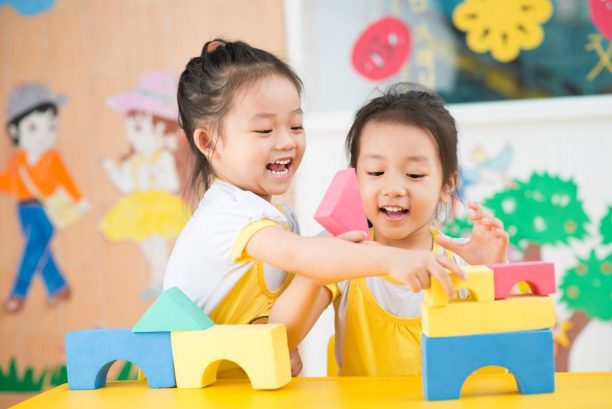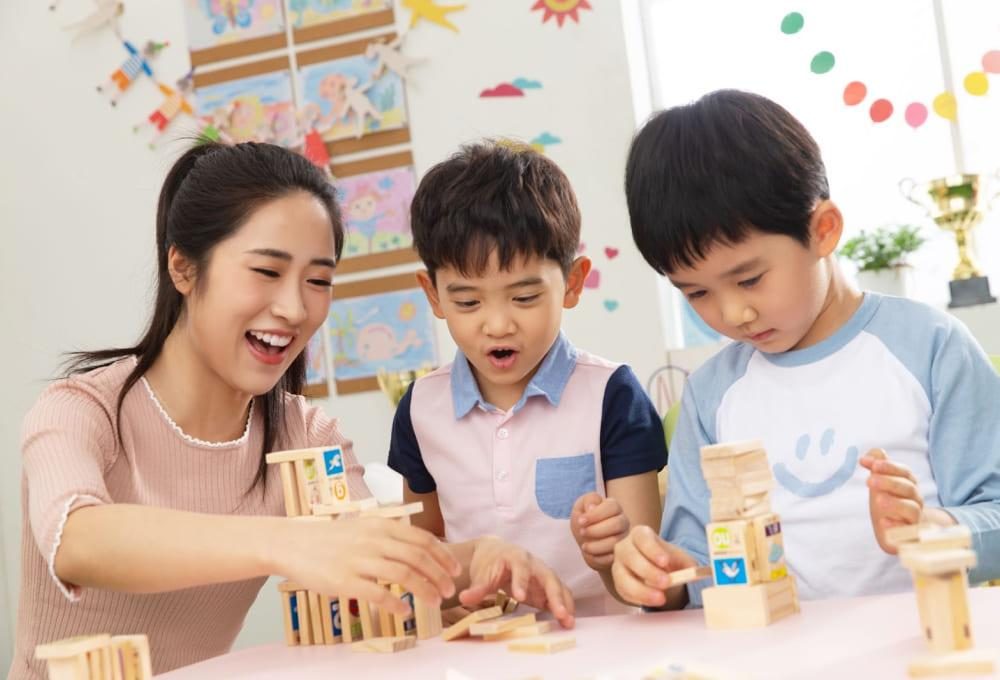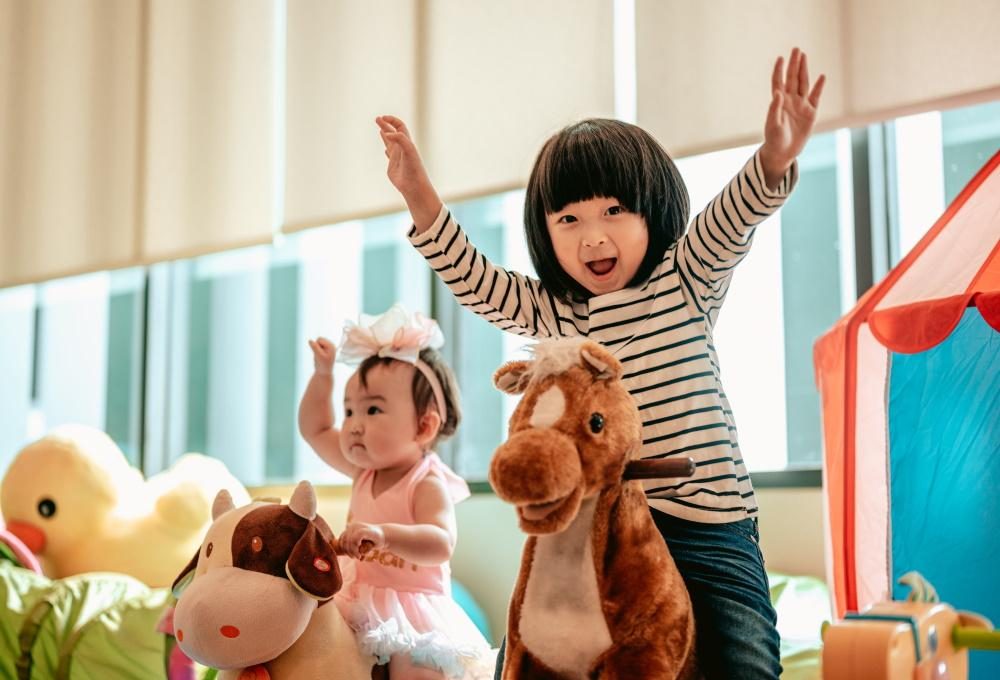
The sounds, sirens and simplicities of language development
by on 02/08/2025 2332

In this article, Thea Babani, a qualified early childhood educator, shares with us her findings about language development during a child’s critical period – how it’s crucial for holistic development.
During my analytical studies for children and their development, I was fascinated by the correlation between multilingual students and their self-esteem. They were unafraid to perform new tasks, socialize with one another, and answer questions confidently.
Aside from these observations, I was curious about how infants and young children are such exceptional learners of language. They could master and memorize Chinese characters far more efficiently, likewise, distinguish sounds in Arabic from “tha” to “thaa” better than most of us. Luckily, modern science has revealed that a child’s critical period (between the ages of 0 to 6 years old) enables efficient linguistic abilities.

The Brains Behind Language
Initially, it was a mystery to scientists however with advancements in neuroscience, we have discovered that over 700 neuroconnections are collectively working per second. Those connections established in a child’s brain (during the critical period) are either strengthened or ‘broken off’.
In other words, a child’s mind would have to decide between what is useful and useless? What would be needed to survive? What aspects of a language are needed for survival? A devastating case of child abuse confirmed that language development is absolutely necessary for cognitive, social and emotional development. All of which has a ripple effect on the growing child, surpassing their teenage and adolescent years.
In fact, during a child’s critical period, a child is absorbing an impressive amount of sensory information, including linguistic information. Cognitively speaking, children are able to segregate sounds and tones used in their respective languages. In fact, children are actively taking ‘sound statistics’ of a conversation or language spoken by a caregiver/parent. This is most evident before a child’s first birthday. During this age, every child’s sensitivity to sound is extremely high – this serves as an advantage for a child to determine the transitions between syllables and phonetic rules to communicate.
It is unsurprising that language acquisition and development preserve culture and identity, but it also determines the socioeconomic background a child comes from. Language acquisition is an enriching process that creates a bond between child and parent – everything a child learns during the critical period contributes to self awareness, identity and holistic development. Inevitably, a child’s prior knowledge affects language development tremendously if a parent does not read enough, converse properly and educate them on grammar, semantics and everything beyond the idea of ‘only building vocabulary’.

The Abyssal Pit of Language Development
The steady decline in language acquisition demonstrates how teenagers and adults often struggle with learning a second or third language. Undoubtedly, environmental and psychological factors must be considered as language acquisition is not linear, nor will follow a conventional route, for every child. On the contrary, scientists have discovered that this is linked to the respective languages a person is exposed to in their early childhood. Children who grow up bilingual, trilingual or as polyglots, have specialized cognitive associations with their respective languages. In simpler terms, parents who actively converse with their children in English and a native language will create better sound discrimination for those languages.
Babies and children with multilingual proficiency typically have stronger cognitive responses and brain activity in the frontal lobe. This enables children to switch between tasks and languages effectively. Taking languages in Malaysia for example, the syllables for “be” in betul and “be” in bee are distinguished differently. A bilingual child would have native-proficiency and excellent sound discrimination if they were exposed to Bahasa Melayu and English before their first birthday. An average, native-English speaking child may associate “be” in betul as the first syllable of ‘birthday’ or “bird”; the sound will be associated with “bi[r]”. Whereas a bilingual child recognises that “be” in betul will not be read as the same “be” in believe or bee.

Brains: Parents vs. The Child
So, what exactly can parents do to stimulate healthy cognitive and language development? These suggestions are far from foreign! Parents are encouraged to read regularly, converse in proper sentences and tone, and use music or nursery rhymes to promote language development. Some creative ideas include sensory play and associating language per touch, sight or smell. It is common to have designated language days, too. For instance, Mandarin on Mondays, English on Tuesdays, etc.
Overall, language development is crucial for holistic development and should never be underestimated during the critical period. There are accessible options to foster this development from school, home and play.
Looking to help your child build better language abilities? Read on here.












